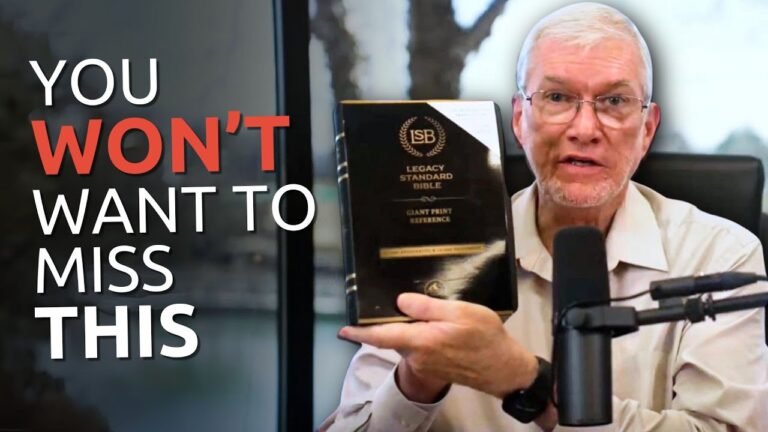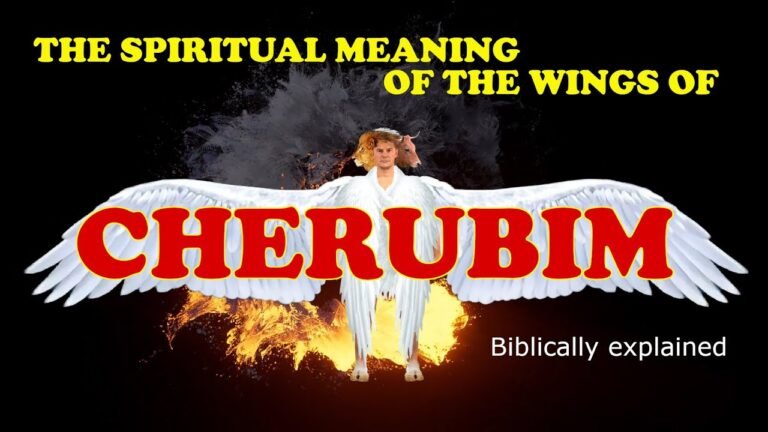Understanding the Western Schism: A Divided Church’s Legacy
The Western Schism, a pivotal episode in the history of the Catholic Church, marked a profound division that lasted from 1378 to 1417. This tumultuous period saw rival popes claiming authority, leading to political intrigue and deepening disputes among nations and factions within Christendom. As the Church grappled with questions of legitimacy and governance, the schism not only reshaped religious allegiances but also set the stage for significant reforms that would echo through the centuries. Understanding this complex fracture offers valuable insights into the interplay between faith and power in medieval Europe.
What caused the Western Schism in the Church?
The Western Schism was caused by disputes over papal legitimacy, leading to multiple claimants to the papacy from 1378 to 1417.
What occurred during the Western Schism?
The Western Schism was a significant crisis in the Roman Catholic Church that unfolded between 1378 and 1417. This tumultuous period was marked by a division among the faithful, as three different individuals simultaneously asserted their claims to the papacy. The conflict arose after the election of Pope Urban VI, which was quickly contested by a faction that declared Pope Clement VII, leading to a fragmented church with competing loyalties.
This schism not only created confusion among the clergy and laity but also weakened the Church’s authority and influence across Europe. The struggle for papal supremacy fueled political tensions, as various kingdoms and states supported different popes, further entrenching divisions. Ultimately, the Western Schism was resolved at the Council of Constance in 1417, restoring a single pope and marking a pivotal moment in the Church’s history, but its effects lingered, influencing future reforms and the relationship between church and state.
What does the term Western Schism refer to?
The Western Schism was a significant and tumultuous period in the history of the Roman Catholic Church, lasting from 1378 to 1417. During this time, the Church found itself divided by rival claims to the papacy, leading to a complex political and spiritual crisis. With two, and at times three, popes asserting their authority, the faithful were left to navigate conflicting allegiances, creating a rift that challenged the unity of Christendom.
Each of the competing popes had his own Sacred College of Cardinals, which not only further fragmented the Church’s leadership but also intensified the struggle for power. This rivalry was not merely a theological dispute; it was deeply intertwined with the political realities of the time, as various European nations and factions supported different popes based on their own interests. The schism highlighted the vulnerabilities within the Church’s structure and the extent to which external influences could sway religious leadership.
Ultimately, the Western Schism prompted significant reflection and reform within the Church, culminating in the Council of Constance, which sought to restore unity by deposing the rival popes and electing a single pope. This resolution marked a turning point, as it underscored the necessity for a more cohesive and centralized authority within the Church, paving the way for future developments in Catholic doctrine and governance. The legacy of this period serves as a reminder of the complexities and challenges inherent in maintaining spiritual unity amid political strife.
Who were the three popes involved in the Western Schism?
The Great Western Schism, which lasted from 1378 to 1417, was a significant period in the history of the Catholic Church marked by a split in papal authority. During this tumultuous time, three individuals claimed the title of pope, leading to confusion and division among the faithful. Urban VI, the first of the three, was elected in 1378 by the Roman faction that sought to restore the papacy to its traditional seat in Rome.
Following Urban VI, Clement VII emerged as a rival pope, supported by factions that favored the Avignon papacy. His election deepened the schism, as both popes garnered followers and established separate lines of authority, creating a crisis of legitimacy within the Church. This division not only created political tensions in Europe but also prompted calls for reform and unity among Christendom.
The third pope, Alexander V, was elected later in an attempt to resolve the schism during the Council of Pisa in 1409, but his election only added to the complexity of the situation. Despite the efforts to restore a singular papal authority, the schism persisted until the Council of Constance in 1414, which ultimately resolved the conflict and reestablished a unified papacy. This period remains a pivotal chapter in the Church’s history, illustrating the profound impact of political and spiritual struggles on religious leadership.
Exploring the Rift: Causes and Consequences of the Schism
The schism that has unfolded in recent years stems from a complex interplay of ideological differences, cultural shifts, and socio-political factors. As various factions within society grapple with diverging values and priorities, the resulting rift has led to heightened tensions and a breakdown in communication. This evolving divide reflects not only local grievances but also broader global trends, where traditional norms clash with progressive movements. The failure to bridge these gaps has fostered an environment of mistrust and polarization, making it increasingly difficult for communities to find common ground.
The consequences of this schism are far-reaching, impacting everything from governance to social cohesion. As factions become more entrenched in their positions, collaborative efforts to address pressing issues such as climate change, economic inequality, and public health are hindered. The fragmentation of society threatens not only the stability of democratic institutions but also the fabric of daily life, as individuals increasingly identify with their subgroup rather than a shared national identity. To move forward, it is crítico for leaders and citizens alike to engage in open dialogue, fostering understanding and empathy to heal the divisions that threaten our collective future.
Faith and Faction: The Impact on Christianity
Throughout history, Christianity has been shaped by various factions and interpretations of faith, each leaving a distinct mark on its evolution. From the early church’s debates over doctrine to the emergence of diverse denominations, these divisions have often sparked both conflict and growth within the religion. The impact of these factions is evident in the way communities express their beliefs, engage with scripture, and respond to societal issues. While differing views can lead to discord, they also foster a rich tapestry of thought and practice, inviting believers to explore the depths of their faith and the broader implications of their beliefs in an ever-changing world.
Lessons from Division: A Church at a Crossroads
In a time when societal divisions seem insurmountable, the Church stands at a pivotal crossroads, grappling with its role as a unifier or a separator. The challenges faced by congregations reflect broader cultural rifts, yet they also present an opportunity for profound introspection and renewal. By embracing open dialogue and fostering genuine connections, churches can transform discord into understanding, demonstrating that faith can bridge divides rather than deepen them. The lessons learned from this moment of fragmentation encourage a collective journey toward healing, reminding us that unity in diversity can strengthen the very fabric of our communities.
The Western Schism stands as a pivotal moment in church history, highlighting the complexities of faith, power, and politics. Its legacy continues to resonate, illustrating how divisions can shape not only religious landscapes but also the course of nations. Understanding this schism invites deeper reflection on the enduring challenges of unity and authority within any institution, reminding us that the quest for consensus remains a timeless struggle.






